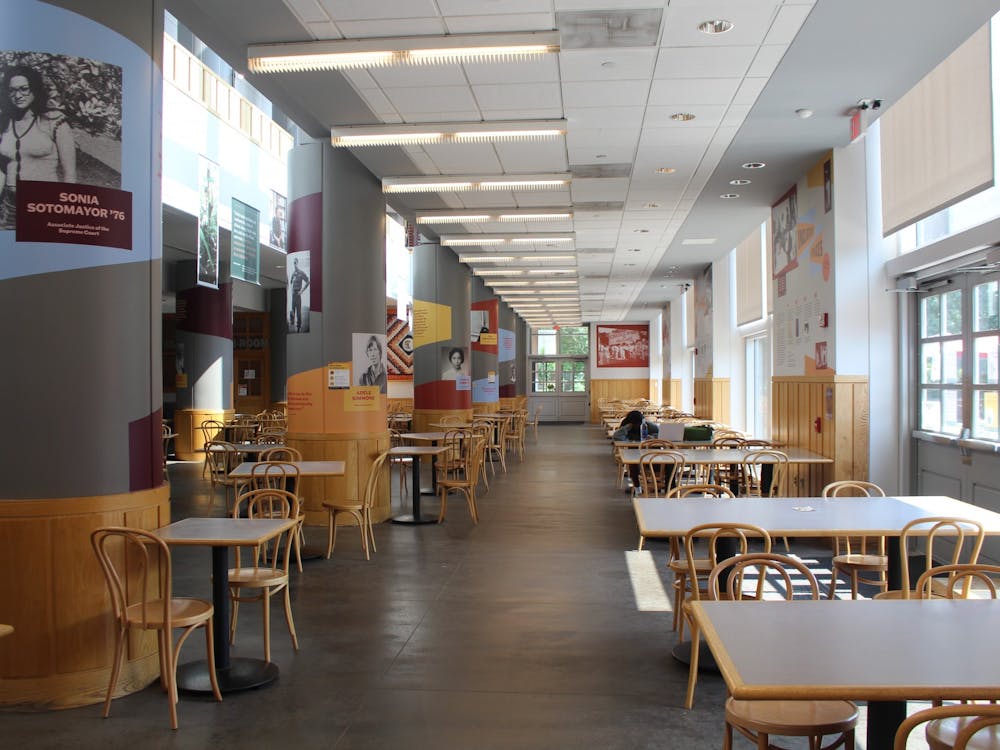In the wake of the Sept. 11 terrorist attacks, people around the nation are wondering whether terrorists could get possession of nuclear weapons.
Harold Feiveson, a senior researcher at the Wilson School with advanced degrees in physics and international relations, has spent the last 30 years studying those weapons — and his conclusion is that it is unlikely but "not inconceivable" that al-Qaida might have access to a nuclear bomb.
"There are several reasons to be optimistic" that al-Qaida does not have such a weapon, Feiveson explained. Feiveson said Russia and Pakistan are the two nations whose nuclear arms have the greatest chance of falling into terrorists' hands.
"The Russian government is reasonably confident that warheads haven't gotten out [of the country]," he said, noting that shortly after the Soviet regime was defeated in 1990, most of the nuclear weapons in Soviet satellite republics were brought back into Russia. In addition, most Russian warheads have "permissive action links" — electronic safeguards that make it hard to activate the weapon without a central activation code.
Feiveson said that the so-called "suitcase bombs" — small nuclear weapons that a Russian general once warned had gone missing — might not ever have been manufactured.
"The Russian government says no small nuclear weapons are unaccounted for," Feiveson said. Even if one does exist and could fall into the wrong hands, it would be the size of a large suitcase and be extremely heavy, he added.
And in Pakistan, the radioactive material that forms the core of a nuclear weapon is kept separate from the other parts of the weapon, Feiveson explained. It would be a "daunting" task to reassemble and use such a weapon.
However, if terrorists got hold of the radioactive material from a Pakistani nuclear weapon, they may be able to build their own crude nuclear bomb, Feiveson said. Such a weapon could create about a one-kiloton blast, he explained. By comparison, the bombs dropped on Hiroshima and Nagasaki created 13- and 20-kiloton explosions, respectively.

Feiveson said that chances are greater — though still small — that terrorists might be able to make a radiological weapon, also called a "dirty bomb." These weapons, in which radioactive material is combined with conventional explosives, do not create a nuclear blast. Instead, the conventional explosives spread radioactive material over a large area.
Feiveson stressed that compared to a nuclear bomb, a radiological bomb is "not a fearsome weapon." It might cause elevated rates of cancer, force people to move out of the affected area and impose a tremendous economic cost, but it would not create anything like the devastation of a true nuclear explosion, he explained.
He warned that a terrorist attack on a nuclear power plant could be "much more serious." Terrorists would have to either break into the plant, find a way to cut off its cooling supply, or attack from the air, all of which would be hard to do in light of new security measures put in place since Sept. 11 — but if they succeeded they would have access to far more radioactive material than a bomb could contain.
Feiveson said that although the risk of a nuclear weapon being used today is greater than it was during the Cold War, the consequences are likely to be far less severe. During the Cold War, American and Soviet military experts had enough nuclear weapons on high alert to destroy civilization at a moment's notice. Now, though, the detonation of a single warhead by a terrorist group would probably leave most people in the world unaffected.

He added that although most people today are worrying about the threat of a rogue nation using nuclear weapons, the United States and Russia continue to have over a thousand warheads pointed at each other.
"I don't think we're doing all we can" to reduce the threat of nuclear conflict, he said.







